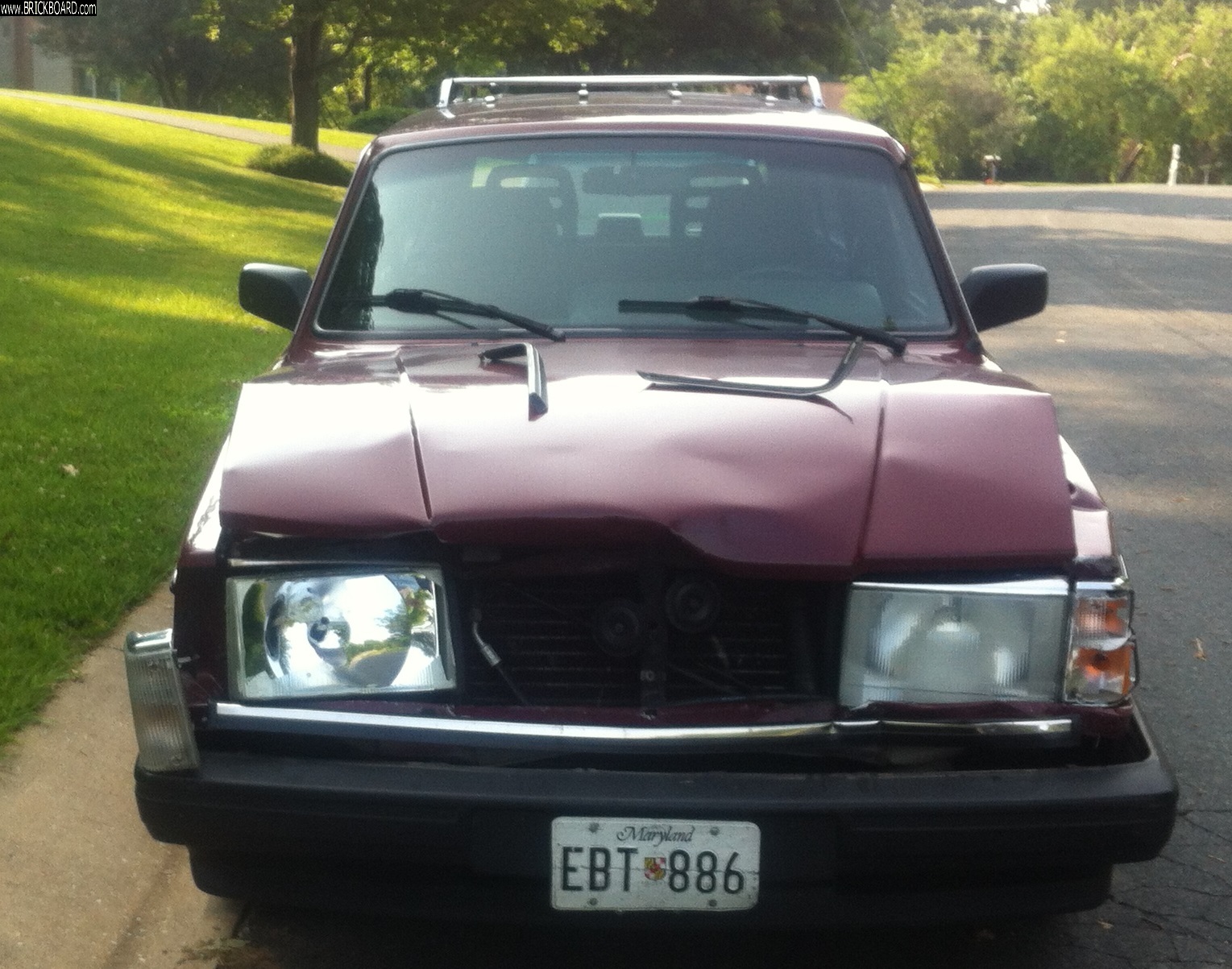|
Phil,
So in answer to some of your many questions, here goes.
I use Felpro gaskets on all my oil pans and valve covers. Other people may have other opinions and brands they use, but for me, these things just work, period.
Of the four 240's that I currently own, I've done 3 oil pans with Felpro. One was done by feel before I knew about the torque spec was, and the other two were done after I knew what it was.
1989, by hand,
1990 & 93 with torque setting.
The 89', from what I can see appears to be fine and I did this one over 7 years ago.
The 1990, was done in March of this year, however, I did not look to see if the holes of the pan I was putting on were dimpled or not. My suspicion is at this time that I over looked this one important thing as it is seeping quite heavily and I may need to drop the pan yet again to fix this problem. I'm not looking forward to this, however I have gotten quite good at it that I might be able to do this in about 4 hours or less from start to finish. I'll time myself next time I do it.
The 1993 I just did and the seeping has not gotten any worse from my original post. I did do what I mentioned I was planning on doing yesterday. I did think about what you said about expansion and all, and you may be correct to a point, but there will be some expansion from heat regardless, so being the engineer that I am, I went ahead and just tugged just a little bit more on each bolt and then let the engine cool down. Time will tell whether or not I'm right in my assumptions.
What I do know is that this 1993 will be a blast to drive once I'm done with my work on it, though this will be some time. What I know now is that the engine is now running like it ought to be running and I feel that I've done my best to save yet another 240.
Merry Christmas!
Matt
--
1989 - 245, 1990 - 245, 1991 - 245, and 1993 - 245
|

